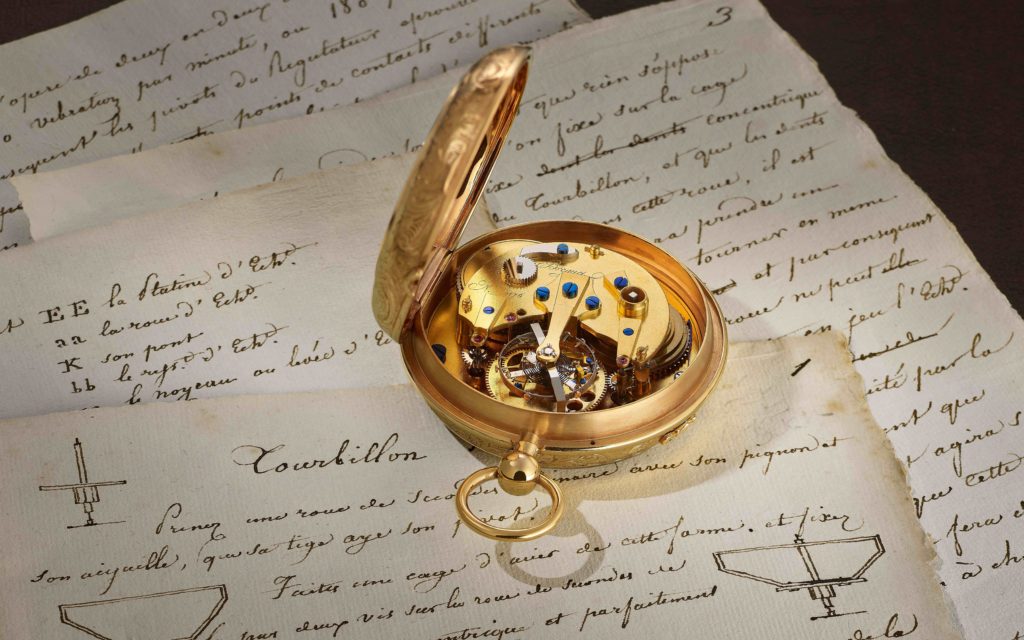2021 marked the 220ste anniversary of one of the grandest watch complications there is: the tourbillon. A mechanism that shows on a few square centimetres why mechanical watches love being difficult on the square millimetre. Abraham-Louis Breguet was the first, but which tourbillons now capture the imagination even more?
Text: Jorrit Niels
The tourbillon is one of those timepiece complications that has obsessed watch brands for 220 years. As such, you don't have to be an expert to become completely mesmerised by this beating heart in a timepiece. That ingenious cage that lets you admire the mechanism that often does its work directly visible through the dial. A complication, moreover, that can be found in both watches for men (Breguet, Jaeger-LeCoultre, Audemars Piguet) as for the woman (take Bulgari's Serpenti Seduttori).
 A flashback to 1801, when Abraham-Louis Breguet (Neuchâtel, 1747-1823) patented the tourbillon. Intended to improve the accuracy of pocket watches and nullify the influence of gravity on the movement. A legal protection that would last only 10 years, which would also give many other manufacturers the chance to integrate this piece of ingenious technology into their arsenal. But what the heck, everyone praised the genius of its inventor, a great lover of mathematics and physics.
A flashback to 1801, when Abraham-Louis Breguet (Neuchâtel, 1747-1823) patented the tourbillon. Intended to improve the accuracy of pocket watches and nullify the influence of gravity on the movement. A legal protection that would last only 10 years, which would also give many other manufacturers the chance to integrate this piece of ingenious technology into their arsenal. But what the heck, everyone praised the genius of its inventor, a great lover of mathematics and physics.
Inventor
With its tourbillon, Breguet ensured continuous watch accuracy. Regardless of position, vertical or horizontal. In his time, he developed forty of them. Twelve are kept in museums, 15 are in private hands and another two have recently been sold at auctions. Breguet was already making an impression when he changed the world of haute horlogerie in Paris and made a name for himself with his creations. His timepieces inspired first the French ruling couple and finally the entire court at Versailles. Numerous technical innovations and his flair for minimalist, elegant design made Breguet an inventor with international allure. Breguet became a 'brand' before the term even existed in its current sense. One that remains a fixture in the watch world to this day.
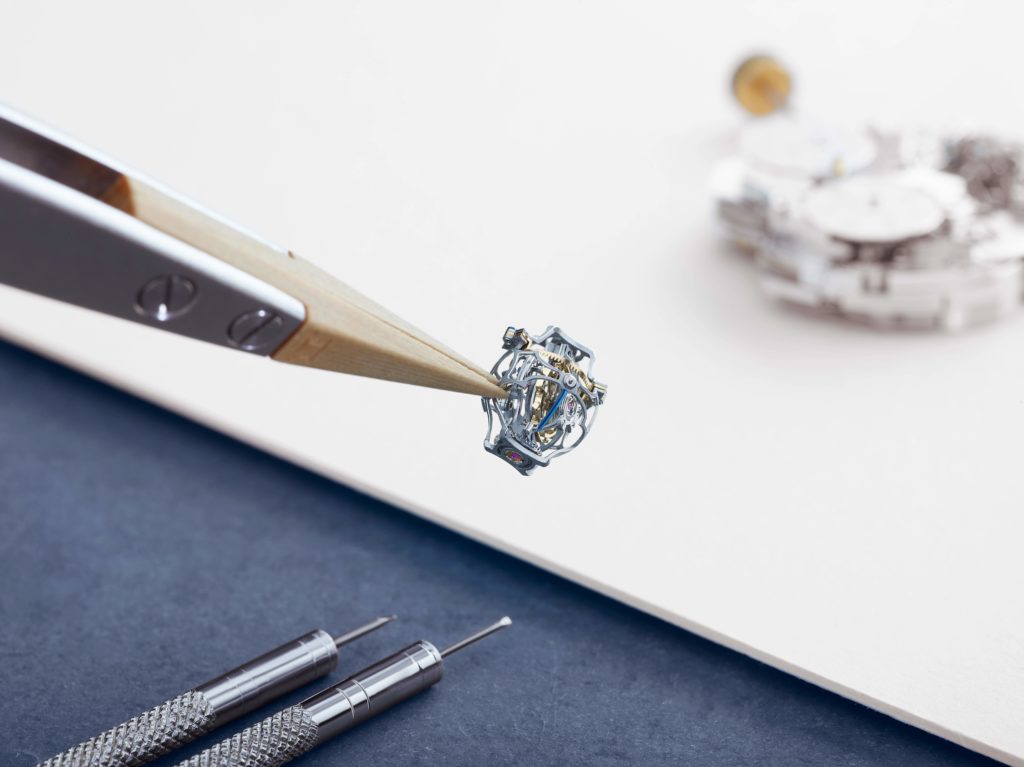 Under the influence
Under the influence
Let's face it, for modern timepieces, the tourbillon is rather useless. Brands like Franck Muller and Richard Mille sometimes even turn it into a modern monster, but it is still a special complication to behold.
Something that started with one simple idea from Breguet: how to cheat gravity? According to the master watchmaker, gravity had a negative effect on the accuracy of pocket watches common at the time. Worn upright in your vest or pocket, it ran unevenly under the influence of gravity.
If you are concerned with precision, of course, it is not to be seen. Against gravity, we still don't do anything for the time being and 220 years ago at least, so therefore just 'tame it'.
He provided a 'compensation' for the laws of nature by making the escapement, to this day the heart of every mechanical watch, rotate in a small cage revolving around its axis. The influence of gravity is thus neutralised. The 'tourbillon', French for 'whirlwind', was born and precision increased. On 26 June 1801, Breguet received the patent for his invention.
Quarter of a gram
Until well into the last century, watches with this complication were rarely made. Apparently, only 500 tourbillon timepieces were produced worldwide until 1986. Until the moment Audemars Piguet introduced the first series-produced minute tourbillon.
It is also quite a task with around 80 parts and weighing roughly a quarter of a gram. Younger brands like Hublot, Bulgari, Roger Dubuis and Greubel Forsey are now also successfully participating, with tourbillons that can easily run into the six figures, in terms of purchase price. Or old-timers like Glashütte with its flying tourbillon, one that appears to move freely in space, but Jaeger-LeCoultre also deserves a mention with its gyrotourbillon. Here, an intricate mechanism rotates continuously around three axes.
220 years ago, Breguet was the only one and had exclusive rights for ten years after obtaining the patent. Meanwhile, no self-respecting high-end watch brand can afford not to have a tourbillon in its collection. A kind of confirmation of ability, and if there is one industry where this is crucial...
Complex
Four impressive examples of the tourbillon in action.
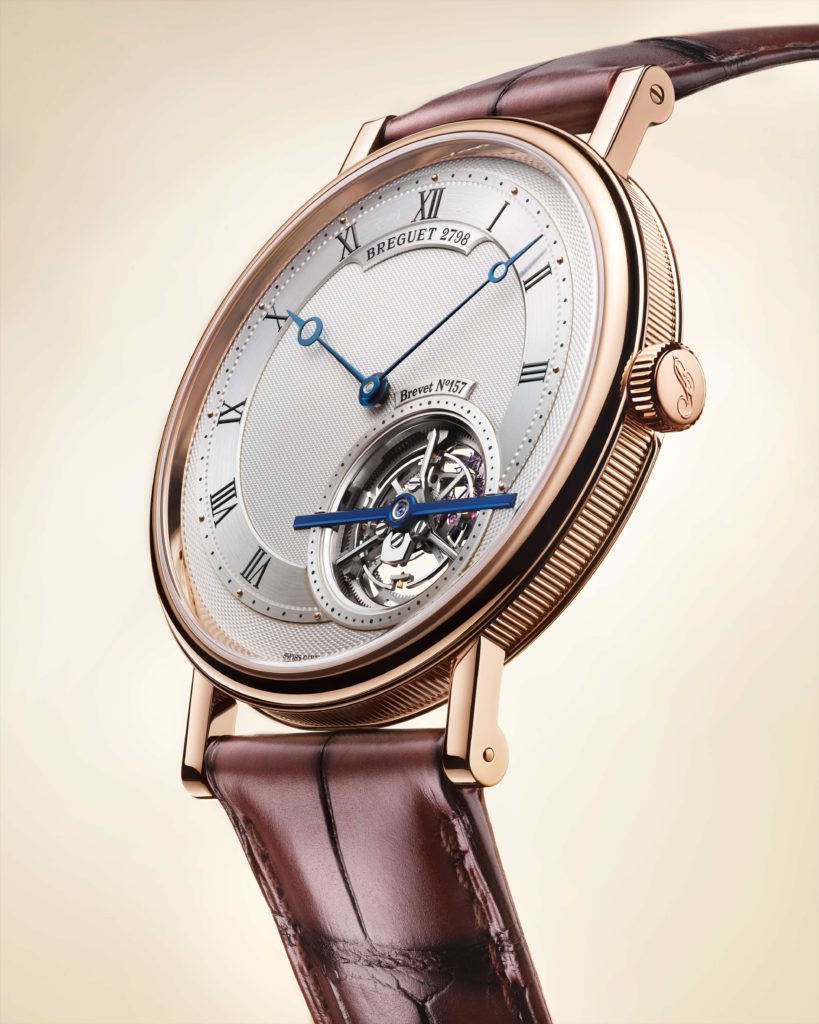 Breguet Classique Tourbillon Extra-Plat Anniversaire 5365
Breguet Classique Tourbillon Extra-Plat Anniversaire 5365
Exactly 220 years after Abraham-Louis Breguet obtained the patent for the tourbillon, Breguet releases this homage. Limited to 35 pieces, it has become a subtle and understated celebration. A 41mm rose gold case features a 60-second tourbillon visible between 'four' and 'six o'clock'. The nod to the legendary past is repeated on the back of the piece, via a hand engraving that reads 'Anniversaire 1801-2021' and 'Brevet No 157 Du 7 Messidor An IX', the latter referring to the French Republican calendar at the time. Inside, the watch has an extra flat automatic movement -calibre 581- numbered and signed by Breguet, with a power reserve of 80 hours.
Price: €158,800
 Greubel Forsey GMT Quadruple Tourbillon
Greubel Forsey GMT Quadruple Tourbillon
The aim of the invention was to compensate for the speed deviation caused by gravity in all positions a wristwatch can assume, especially in a stabilised position. To achieve this, the original tourbillon was first tilted 30 degrees, then doubled and finally quadrupled. The result consists of two double, synchronised tourbillons.
Approx. €742,000 (CHF780,000)
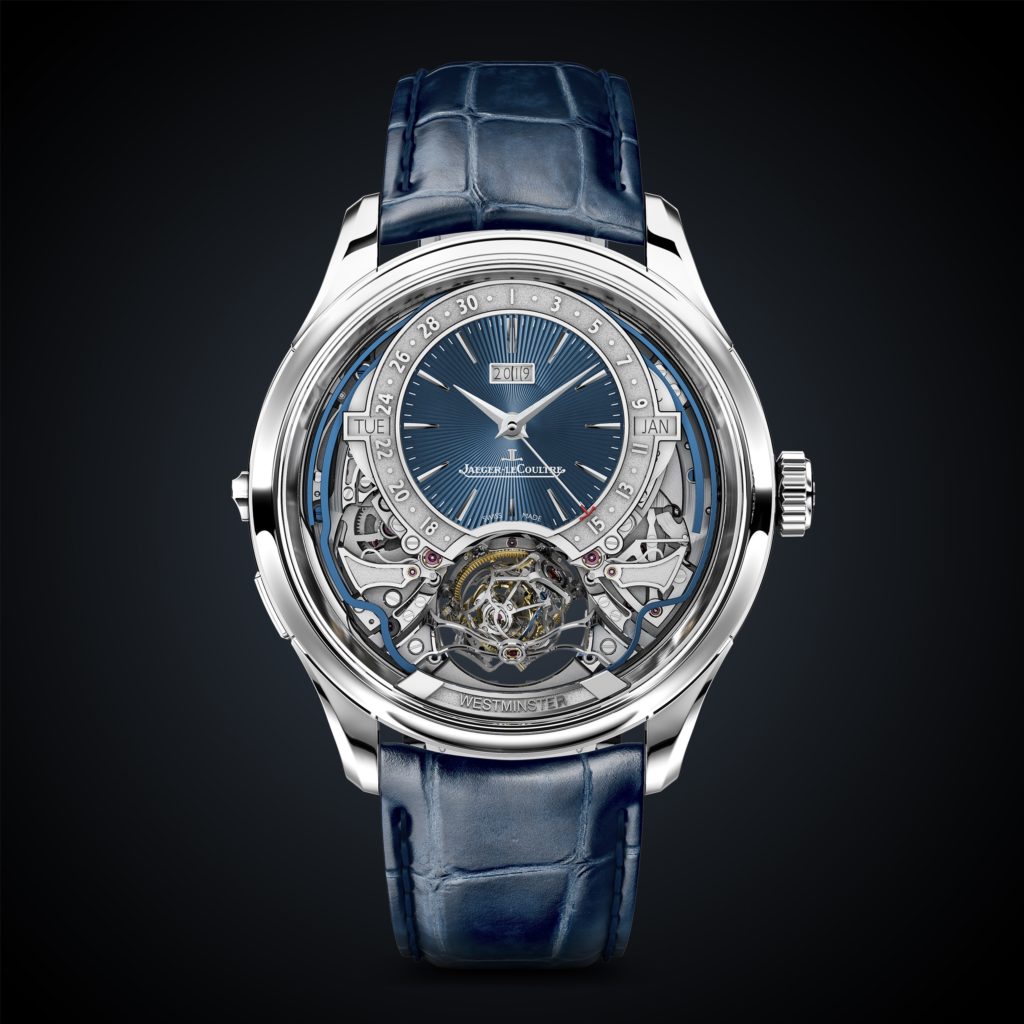 Jaeger-LeCoultre Master Grande Traidtion Gyrotourbillon Westminster Perpétuel
Jaeger-LeCoultre Master Grande Traidtion Gyrotourbillon Westminster Perpétuel
The fifth gyrotourbillon in the collection (a multi-axis tourbillon launched in 2004 that has continued to evolve since then) follows several exceptional watches designed by Jaeger-LeCoultre's Grand Complications workshop. The first of the series, the Master Gyrotourbillon 1 presented in 2004, led to a series consisting of the Reverso Gyrotourbillon 2 in 2008, then the Master Grande Tradition Gyrotourbillon 3 (2013) and, in 2016, the Reverso Tribute Gyrotourbillon. Presented at SIHH of 2019, this is not only a multi-axis tourbillon, but one with a constant-force mechanism. Reduced in size and weight to 0.04g (for 92 components!), the tourbillon fits into a case of just 43mm.
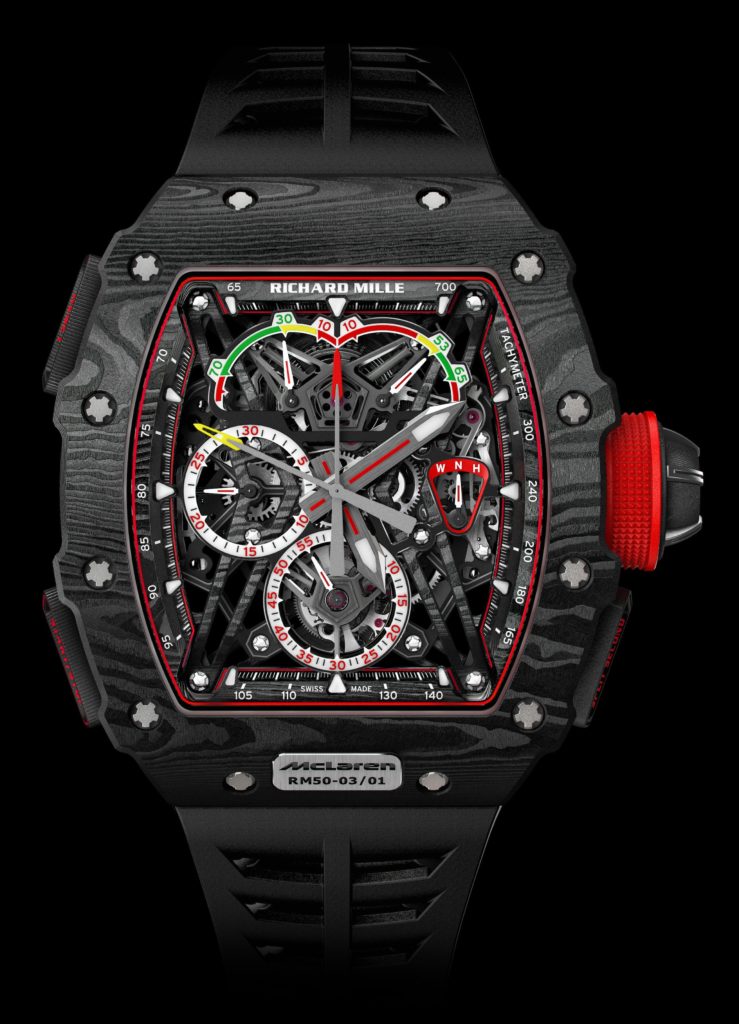
Richard Mille RM50-03 F1 Tourbillon
The lightest split-second chronograph with tourbillon ever made. It weighs -including strap- only 38 grams! All thanks to the use of a futuristic material called graphene. An incredibly light and strong material invented by scientists at the University of Manchester. Who also briefly received a Nobel Prize for the effort. By the way, the wristband is not entirely made of graphene, but a graphene-carbon fibre combination.
Fun fact for parties and celebrations: the watch is said to withstand shocks of up to 5,000G. More than enough for 18 holes or a squash match. Limited to 75 pieces with a price close to a million. Want to go a step higher? In terms of G's then, because the RM 27-04 Rafael Nadal with tourbillon can withstand even 12,000 G. Whether that's you, that's another matter.



